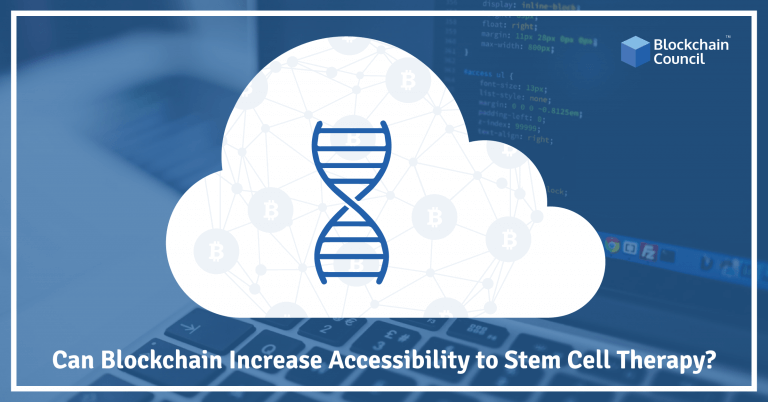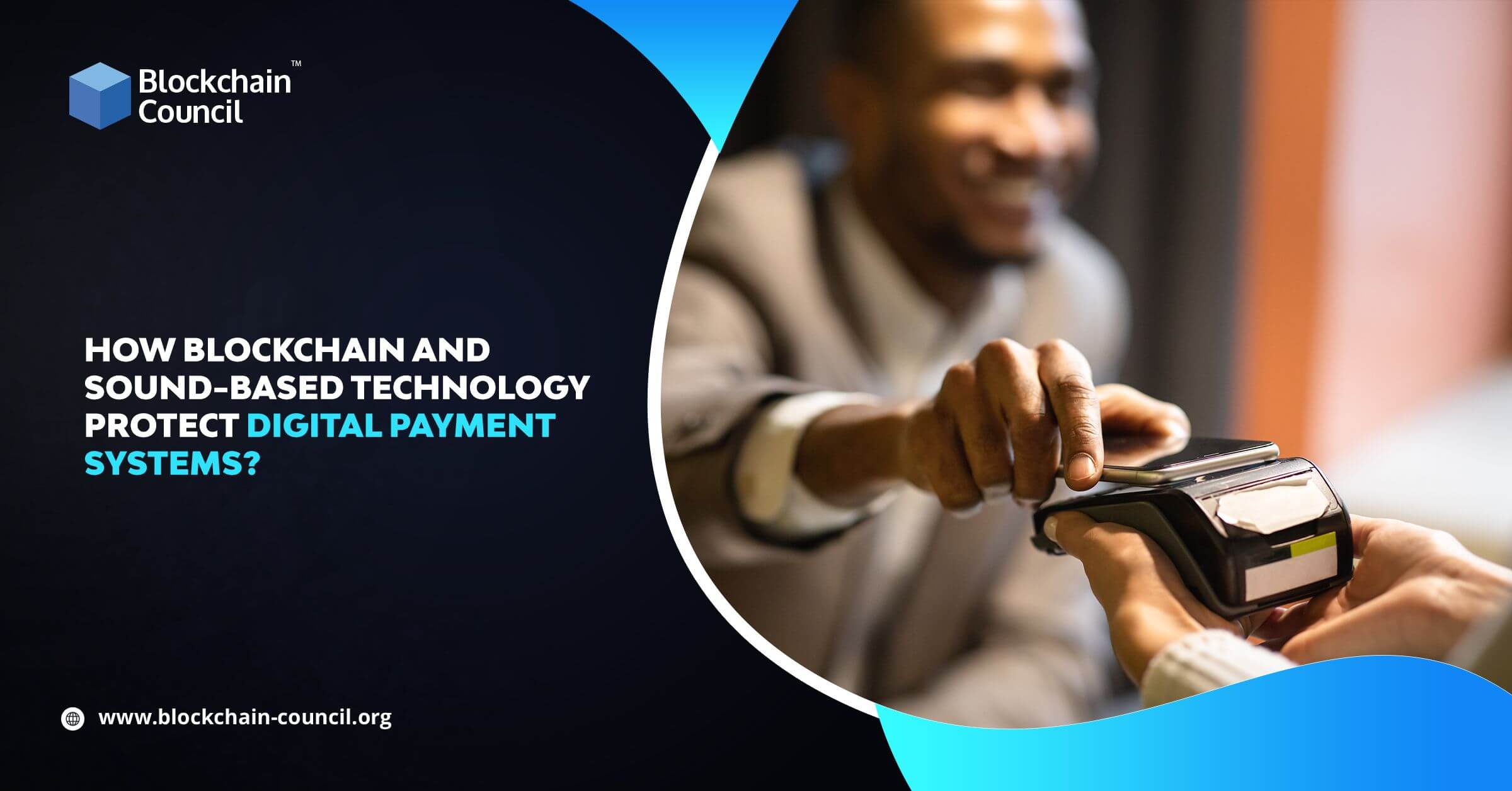
- Toshendra Kumar Sharma
- September 10, 2018
The past year has seen a lot of buzz regarding the application of blockchain technology to areas such as finance, banking and increasingly for logistics and real-estate. Naturally, as more and more businesses are rushing to adopt blockchains, less obvious use cases like for the food industry and medicine are also emerging. The medical industry is one of the slowest industries to adapt to any new technology as they are dealing with sensitive patient information that they have a strong obligation to keep safe. Nevertheless, due to vulnerabilities in traditional software tools, they fall victim to several security breaches, like the prominent British National Health Service security breach from last year. Several of the most advanced fields of research in medicine requires experiments that a lot of the general public may find it concerning. Here’s a look at how blockchains can help bridge the gap to stem cell therapy.
Problems with Accessibility to Stem Cell Therapy
Historically, scientific progress has always been at odds with the dominant religious beliefs of the time whether it be Galileo’s theory of heliocentricity or modern-day reluctance to vaccination by some of the religious fanatics. Nowhere is the issue more pronounced than in the case of harvesting stem cells which can be used for treatments for diseases such as diabetes, spinal cord injury, Parkinson’s disease, and myocardial infarction. Stem cells are undifferentiated cells and can become any other type of cells (liver, kidney, muscle etc.). Stem cells can come from many different sources. One way to get stem cells is from embryonic stem cells. This requires the fertilisation of an egg by a sperm and then before it can become a fetus, harvesting the undifferentiated cells ultimately stopping the creation of a fetus. In recent years, stem cell therapy has come under attack because some people believe the start of life begins when an egg and sperm fuse. Therefore, not allowing the fused egg to grow into a fetus is the same as murder. Sadly, this has tainted all stem cell research, even the use of stem cells from bone marrow etc, in the eyes of some of the public.
What Can a Blockchain Offer?
-
Managing Health Records
As mentioned above, hospitals keep track of very sensitive Personally Identifying Information for their patients that they often have a hard time keeping safe. With identity management platforms like Civic, the whole system can be made a lot more secure so that only people who are authorised to view the information can see the data. The person holding the private key for an account would be the only one who can grant that authorisation giving patients complete control over how their information is shared.
-
Making Healthcare More Equitable
Some countries like China have limits on how much currency their citizens are allowed to carry outside the country. Stem cell therapy costs more than that limit and is, therefore, a problem for people from such countries who want to bring their wealth to countries like US and UK for the most excellent healthcare facilities. A borderless payment system like Bitcoin is beneficial here and allows for people to access services that they previously could not.
-
Transparency for Clinical Trials
An estimated 50% of clinical trials go unreported as researchers have no viable option to share information securely. As talked before, blockchains can help establish a virtual marketplace for this valuable data that ensures the information that patients share are used correctly. Blockchain-based records of clinical results could address the issues of fraudulent outcome reporting and data snooping, thereby reducing the incidence of fraud and error in clinical trial records. Additionally, blockchain-based systems could help drive unprecedented collaboration between participants and researchers for innovative research projects.





































































 Guides
Guides News
News Blockchain
Blockchain Cryptocurrency
& Digital Assets
Cryptocurrency
& Digital Assets Web3
Web3 Metaverse & NFTs
Metaverse & NFTs
